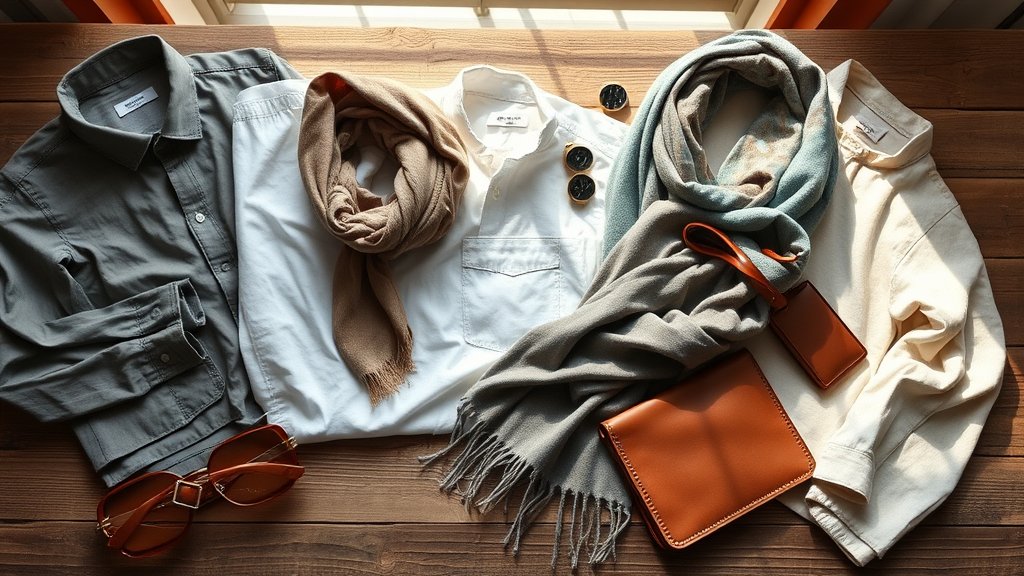Fashion. It’s not just about looking good anymore, is it? These days, it’s also about feeling good—knowing that the clothes on your back aren’t costing the Earth. Literally. The fashion industry has a notorious reputation for being one of the biggest polluters, but there’s a silver lining. A growing number of brands are stepping up to make a difference, proving that style and sustainability can indeed go hand in hand.
Take Veja schoenen, for example. This French sneaker brand has been turning heads—not just for its minimalist designs, but for its commitment to ethical production. Imagine shoes made from organic cotton, wild rubber sourced from the Amazon rainforest, and even recycled plastic bottles. Crazy, right? Yet, it’s happening. Brands like Veja are making sustainability fashionable, showing that you don’t have to sacrifice style for ethics.
Materials play a crucial role in this revolution. Organic cotton is a superstar here. Unlike conventional cotton, it’s grown without harmful pesticides and synthetic fertilizers. Then there’s Tencel—a soft yet durable fabric made from wood pulp. And don’t forget about recycled polyester, which gives new life to discarded plastic bottles. These materials are not only eco-friendly but also pave the way for innovative fashion that’s kinder to our planet.
Upcycling: turning old into gold
Ever heard of upcycling? It’s like recycling’s cooler cousin. Instead of breaking down materials to their base components (which can be energy-intensive), upcycling involves creatively reusing old items to make something new and often better. Think of it as giving your wardrobe a second life.
Upcycled fashion is gaining traction because it’s a win-win: less waste in landfills and more unique, one-of-a-kind pieces in your closet. Take an old pair of jeans, for instance. Instead of tossing them, why not turn them into a trendy tote bag or even patchwork shorts? The possibilities are endless and limited only by imagination.
Brands are catching on to this trend as well. Some designers specialize entirely in upcycled fashion, creating stunning collections from pre-loved clothes and leftover fabric scraps. It’s a beautiful blend of creativity and sustainability—fashion with a conscience.
Brands leading the way in ethics
It’s not just small, niche brands that are embracing ethical practices; major players are getting on board too. Companies like Patagonia have long been champions of environmental stewardship. Their famous ad campaign “Don’t Buy This Jacket” urged consumers to think twice before making unnecessary purchases—a bold move in a consumer-driven market.
Then there’s Stella McCartney, who has built her brand on the pillars of cruelty-free and sustainable fashion. No leather or fur here—just innovative materials that don’t harm animals or the environment. It’s high fashion with a heart.
Even fast fashion giants are starting to take note. H&M’s Conscious Collection aims to make sustainable fashion more accessible to the masses. While there’s still a long way to go, these efforts signal a shift towards more responsible production practices across the industry.
The rise of slow fashion
Slow fashion is all about quality over quantity. It’s a deliberate move away from the fast fashion model, which churns out cheap, disposable clothing at breakneck speed. Instead, slow fashion focuses on creating timeless pieces that are made to last.
This movement encourages consumers to buy less but choose well—investing in pieces that they’ll wear and cherish for years to come. It’s about mindful consumption and appreciating the craftsmanship behind each garment.
Supporting local artisans and small businesses is another key aspect of slow fashion. By choosing handmade and locally-produced items, consumers can reduce their carbon footprint and support sustainable livelihoods.
How to build an eco-friendly wardrobe
Building an eco-friendly wardrobe doesn’t happen overnight—it’s a gradual process of making smarter choices. Start by doing a closet audit: identify what you already have and what you genuinely need. It’s surprising how many hidden gems might be lurking at the back of your wardrobe!
Next, prioritize quality over quantity. Investing in well-made pieces might cost more upfront but will save money (and resources) in the long run. Look for brands that prioritize sustainable practices and transparent sourcing.
Finally, embrace second-hand shopping and upcycling. Thrift stores, vintage shops, and online resale platforms are treasure troves for unique finds that don’t come with the environmental cost of new production.
In the end, building an eco-friendly wardrobe is about making conscious choices that align with personal values while looking fabulous—because who says you can’t have both?

